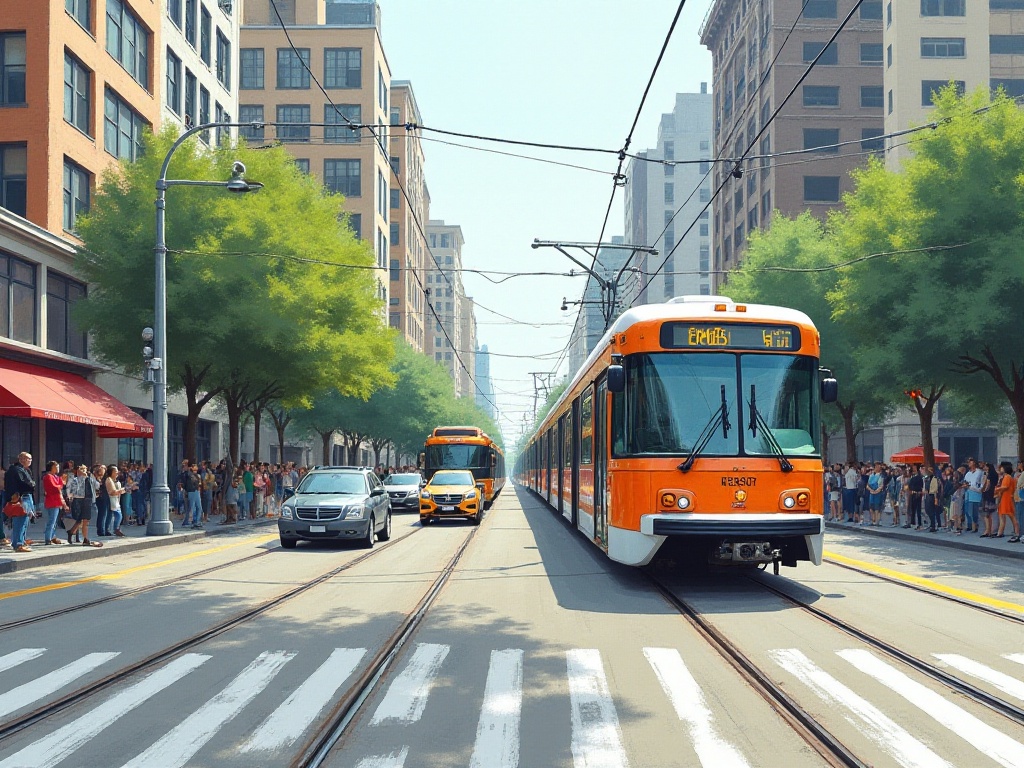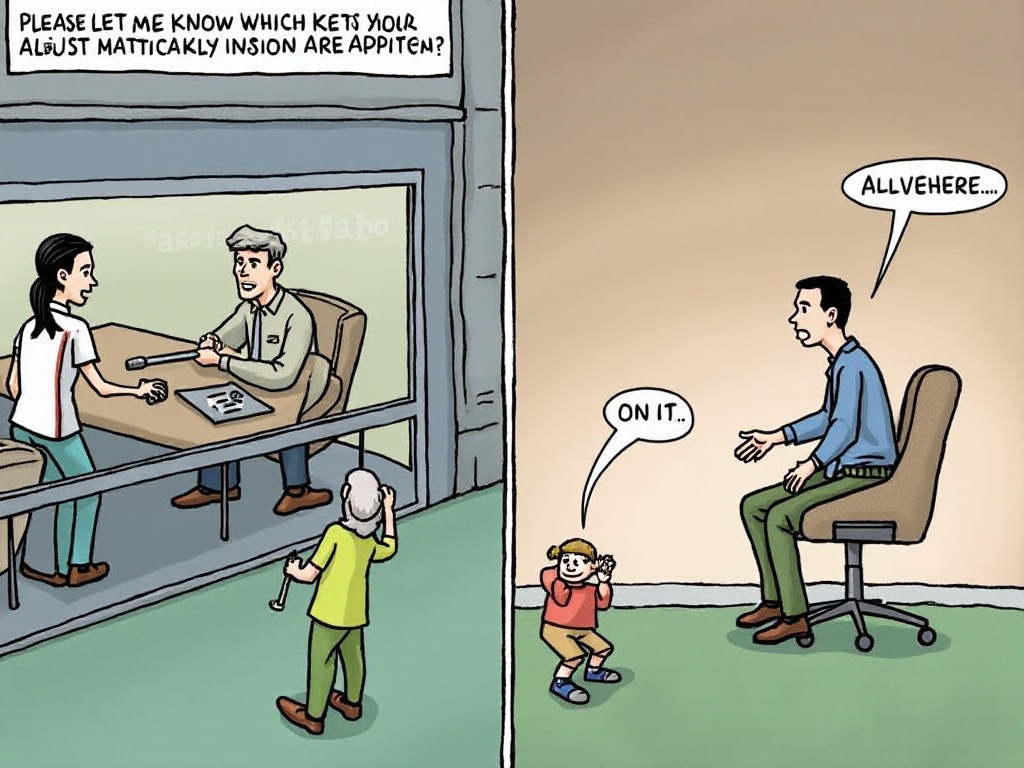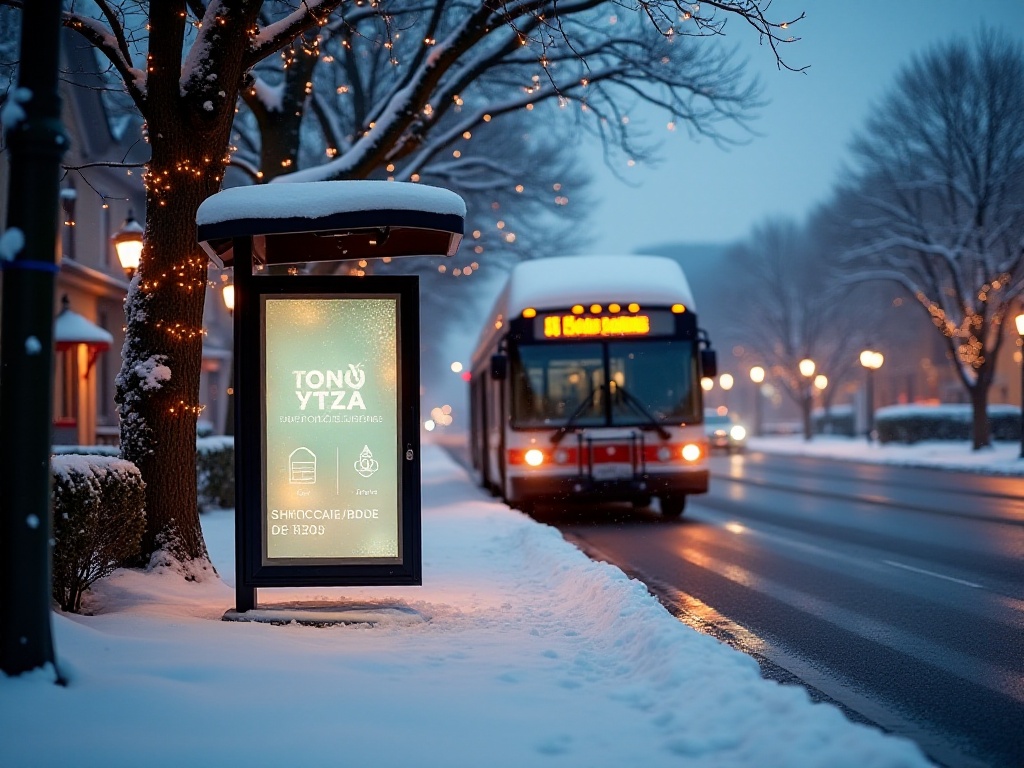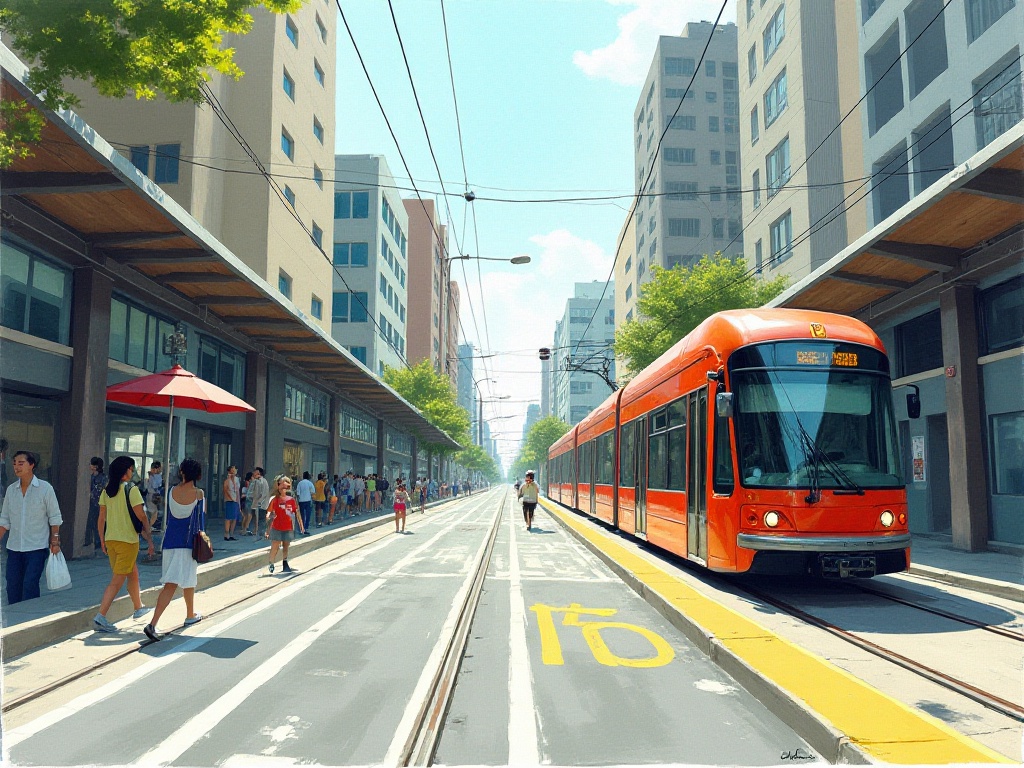First Impressions
That afternoon when I first arrived in Silicon Valley, I stood in the arrival hall of San Francisco International Airport with my luggage, opening Google Maps to plan my route. As a first-time visitor to Silicon Valley, I initially thought about taking a taxi directly to my accommodation, but when I saw the public transportation options, a bold idea came to mind: why not experience how locals get around?
So I took out my phone, downloaded the Caltrain APP, bought a ticket, and embarked on my journey to explore Silicon Valley's public transportation. When I walked towards the airport's Caltrain platform with my suitcase, I had no idea this would be such a memorable experience. On the platform, young people in casual attire made up the majority - some were on phone calls wearing AirPods, others were working on MacBooks, the whole platform exuded a strong tech vibe.
Unique Features
What really surprised me was the scene after boarding. The train car was clean and tidy, with spacious comfortable seats, and most impressively, almost every seat had a power outlet. I chose a window seat and opened my notebook to record observations from this journey. To my surprise, the young person next to me noticed my action and kindly offered me a power adapter, asking with a smile, "First time here?"
That's how I met Mike, who works at Apple. He said he takes Caltrain to commute every day because he can handle work emails and even attend online meetings during the journey. "Look," he said, pointing to the crowd in the car, "this is practically a mobile office." Indeed, looking around, almost everyone was focused on something: some were drawing designs on iPads, others were having video meetings with colleagues wearing headphones, and some were even coding on laptops.
As the train headed south, the scenery outside changed from San Francisco's skyscrapers to Silicon Valley's characteristic low-rise office parks. Mike explained that almost every stop along the line had headquarters of famous tech companies. "See that huge ring-shaped building over there? That's Apple Park," he pointed out the window, "and further ahead is Google's campus."
Convenient Experience
The next day, I decided to visit Google headquarters. While waiting at the bus stop, something caught my eye: the stop had an electronic display showing real-time bus arrival times. What impressed me more was the system's accuracy. When the display showed "3 minutes," sure enough, a Google-branded shuttle bus arrived right on time three minutes later.
Once aboard, I found the bus was practically a mobile lounge. Spacious seats, high-speed WiFi, and charging ports were all available. Most passengers were Google employees, some handling emails, others reading technical documentation, and some even having online meetings. Most interestingly, I heard conversations in various languages around me: English, Chinese, Hindi, Spanish... This gave me a deep sense of Silicon Valley's international atmosphere.
Over the next few days, I gradually mastered using the Go Pass. This card wasn't just for Caltrain and buses - it could also check real-time schedule information. Through the mobile APP, I could easily plan routes, check real-time vehicle locations, and even receive delay notifications. This seamless experience allowed me, a traveler, to get around as easily as locals.
Planning Tips
After several days of experience, I compiled some practical travel tips. First is about timing. I found that 7-9 AM is the busiest period, when both Caltrain and buses are quite crowded. But if you choose to depart after 9:30, you can avoid peak hours and enjoy Silicon Valley's morning scenery.
Also, many people might not know that Silicon Valley's transit system is actually layered. Besides regular buses, there are Express lines and Limited-stop services. For example, if you want to go from Palo Alto to Mountain View, choosing an Express route can save nearly half the time. All this information can be found on Google Maps or transit APPs - the key is learning to identify the service types.
I also noticed an interesting phenomenon: many tech companies have their own shuttle buses, which are usually much more luxurious than regular buses. While these vehicles mainly serve company employees, some routes are open to the public. If you want to try them, you can search for relevant routes on Google Maps, usually marked as "Tech Shuttle."

Money-Saving Tips
Speaking of saving money, I can share more practical tips. For instance, if you plan to travel on weekends, you can buy Caltrain's weekend ticket for unlimited rides on Saturdays and Sundays. Also, many museums and attractions collaborate with the transit system to offer combo tickets - ask staff when buying attraction tickets, you might save quite a bit on transportation.
I discovered another good way to save money: riding Caltrain during off-peak hours is about 20% cheaper. Sometimes you can get early bird discounts by buying tickets in advance on the APP. For those planning longer stays, monthly passes are the most economical choice. Although the initial investment seems higher, it quickly pays off with frequent use.
Unique Discoveries
Riding public transit in Silicon Valley brings interesting encounters every day. Once, while waiting at a Mountain View bus stop, I suddenly saw a driverless car pass by - it was a Waymo autonomous test vehicle. People at the platform seemed used to it, but for me it was quite novel.
Another time, I met a group of engineers testing AR glasses on Caltrain. They were wearing cool-looking glasses and gesturing in the air. When I asked about it, they explained they were testing a newly developed AR navigation system. One engineer even let me try them on - through the glasses, I could see real-time station information and 3D maps of surrounding facilities, like a scene from a sci-fi movie.

Environmental Awareness
While using Silicon Valley transit, I deeply felt the environmental consciousness here. Many buses use electric or hybrid power systems and display environmental slogans. Once, while waiting for a bus, I noticed solar panels next to the stop - they powered the electronic display board.
More impressively, many transit stops have bike racks, facilitating a "bike+transit" green commuting approach. I noticed many commuters would bike to stations, park their bikes, then take buses or trains to their destinations. This combination is not only environmentally friendly but effectively solves the "last mile" problem.
Helpful Tips
Besides previously mentioned advice, I want to share some practical tips. For instance, although WiFi is available onboard, speeds might be unstable during peak hours, so it's recommended to download offline maps and important files in advance. Also, consider bringing a small blanket, as the air conditioning can sometimes be quite cool.
If you want to work or watch videos onboard, it's best to choose window seats as they usually have small tables for laptops. However, note that such seats are popular during peak hours, so start looking a few stops ahead.

Conclusion
During my time in Silicon Valley, I gradually understood why the public transit system here is so special. It's not just a means of transportation, but a microcosm of Silicon Valley's innovation culture. Here, you can see how technology changes people's daily lives and feel the strong atmosphere of innovation in this area.
Every time I sit on a bus, watching tech company headquarters flash by outside the window, hearing people around me discuss the latest technology trends, I think: this must be what future cities will look like. Here, technology isn't a distant concept but is integrated into every detail of life.
So here's a question: what features do you think a city's public transportation system should have to truly qualify as smart transportation? Feel free to share your thoughts in the comments.




